Thirty three kids packed the science room as Kendra started the day by talking about the U.S. Fish and Wildlife Service and what it does on the Pribilofs and across the country. All the kids will now tell you that a wildlife refuge is “a place where WILDLIFE COMES FIRST!” Kendra even went into detail about how the Alaska Maritime National Wildlife Refuge (NWR) monitors seabird populations, productivity and diets on St. Paul and across Alaska.
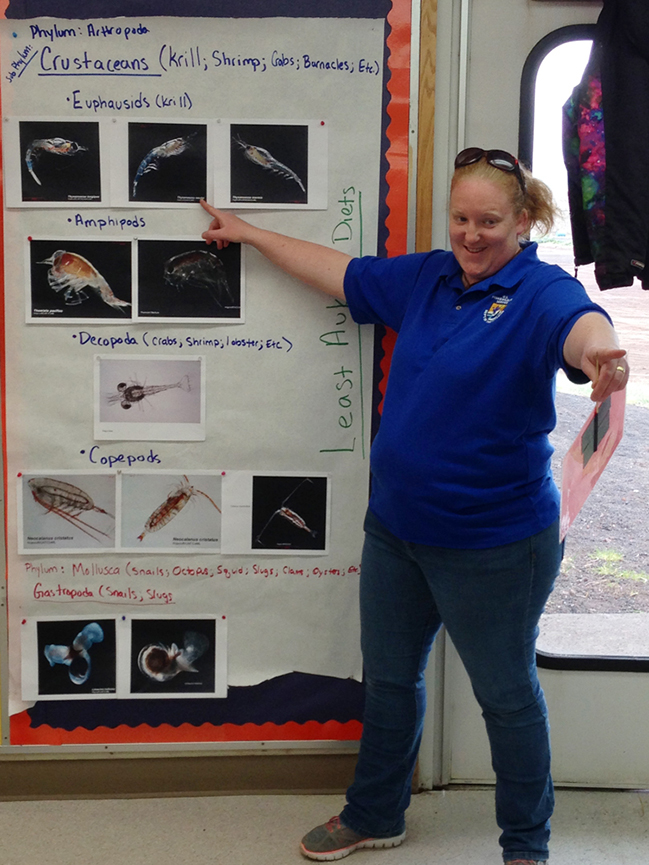
We were extremely fortunate to have great weather for our field trips. Light overcast with patches of blue sky brought light breezes and balmy weather as we headed for two of the island’s best seabird viewing areas.
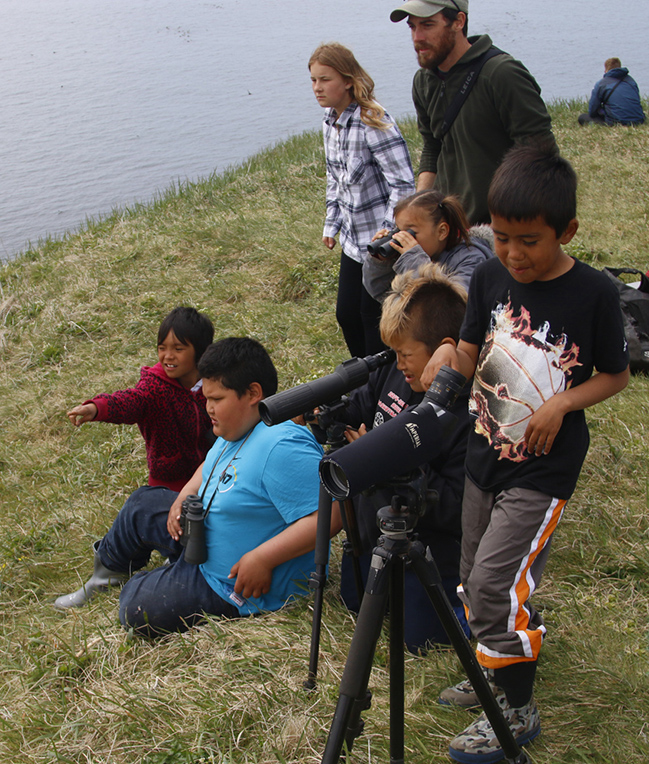
At Reef seabird cliffs the kids were each given a camera to use and they showed unbridled enthusiasm for seabird photography. We’ve never seen kids this excited about seabirds! Each group sought out a different seabird species to photograph. And the birds really responded with several show-offs posing at close range.
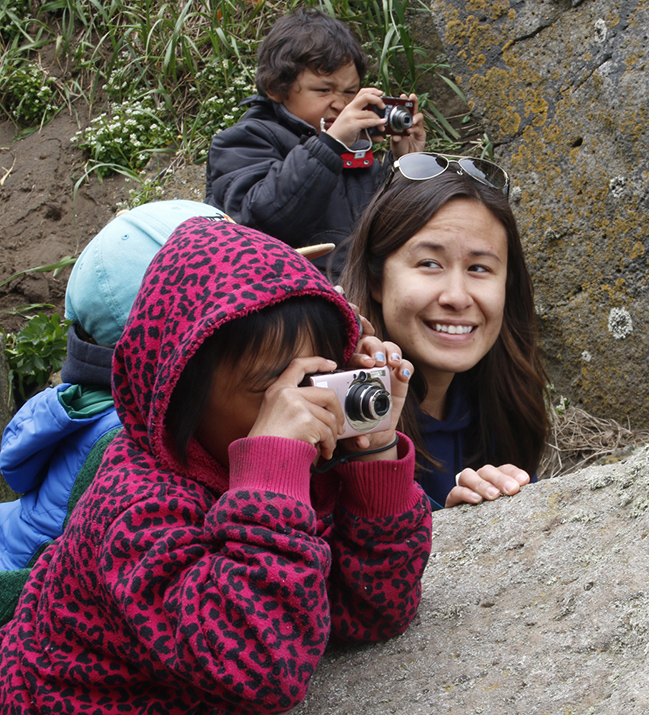
At Ridgewall, the kids looked at seabirds and listened to Mike (Alaska Maritime NWR) and Veronica (University of Alaska Anchorage). Mike told us about the Refuge’s monitoring work and why it is important. We also heard about Mike’s background, and the work he has done as a field biologist that brought him to St. Paul this summer. Mike showed us lots of seabirds through spotting scopes and quizzed the kids on species identification. He seemed very impressed with their identification skills. The camper’s favorite part was finding eggs for as many seabird species as possible! Veronica Padula told kids about her seabird research on St. Paul and around Alaska. Veronica and her associate, Misty, pointed out seabirds at different part of the Ridgewall while enjoying expansive views of Southwest Point.

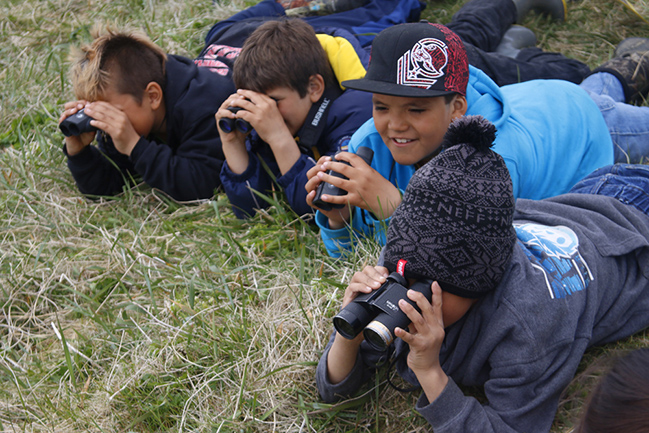
These field trips will surely be one of the highlights of Seabird Camp!
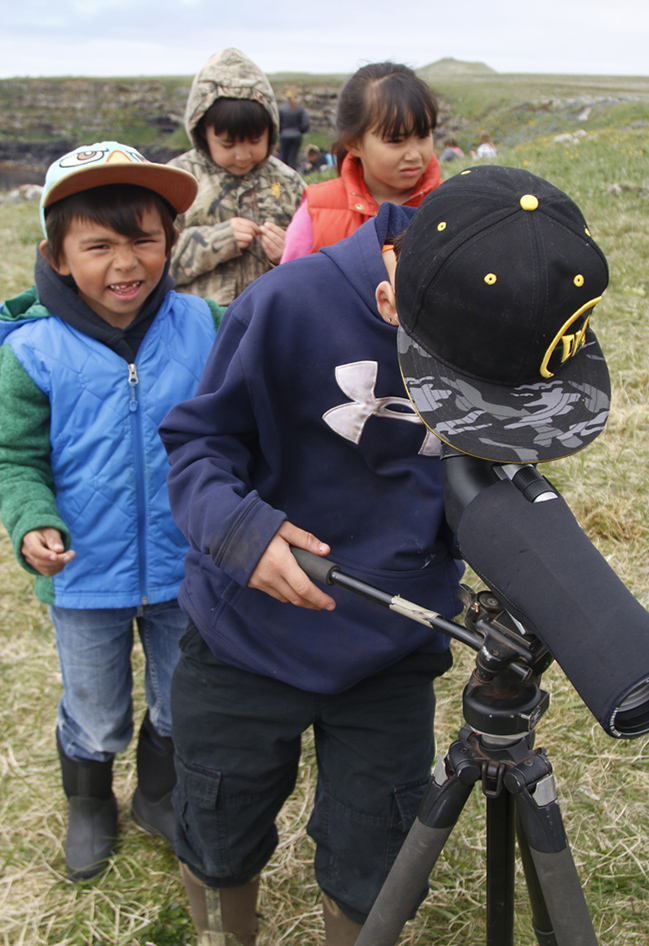
During the evening session, kids learned about the complex and fascinating world of plankton. We looked at three types of samples: Least Auklet chick meals from St. Paul and St. George, a plankton tow from FWS’s boat , and plankton tows from last night on the floating dock. Each featured a different array of floating flora and fauna. We found Copepods, Euphausids, Amphipods, Decapods, Gastropods, Diatoms, Larval Tunicates, and more. There was so much to see! The kids and Tonia were great at taking pictures of plankton through the microscopes; Ram and Kendra…not so much. Kendra has plans to compile a plankton guide using the kid’s plankton pics.
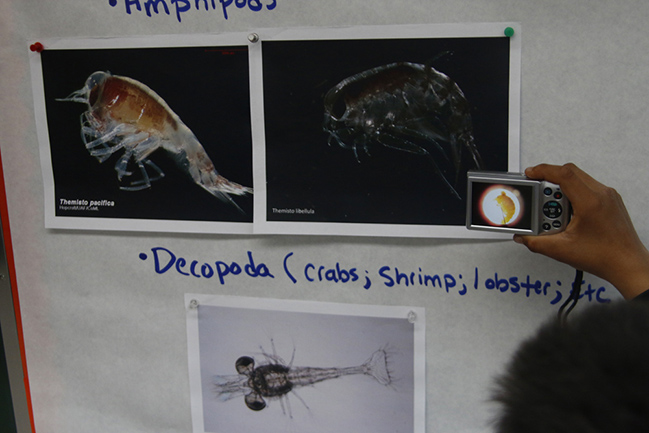
We ended the evening by painting a scene of St. Paul Island, including the town and surrounding wildlife, which will serve as a backdrop for our two plays.

